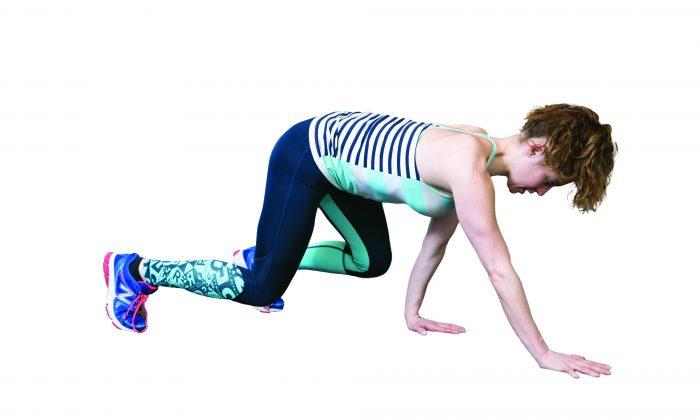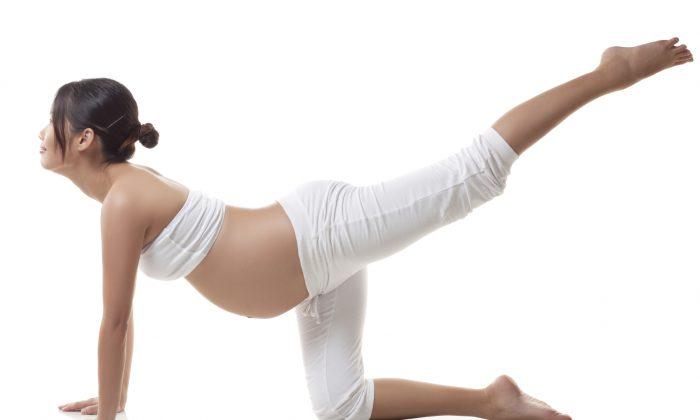Functional movement patterns are a combination of basic movements that humans innately explore in childhood, including rolling, crawling, pushing up, bending, lunging, squatting, and walking.
As children, we move well for the most part, but then our preferred activities, excessive sitting, and injuries cause imbalances in our mobility and stability. Our bodies then create compensations in order to complete given tasks.
In order to gain authentic strength and condition our bodies without any compensations, our fundamental movements must be clean and free of dysfunction.
Today, we tend to exercise in order to look good and lose weight. However, these should be added benefits, not the only reasons to exercise. We should train our bodies to keep moving well.
Our brains will remember what and how we practice particular movements. So it is important to practice the right way. We should get back to basics first and then add fitness on top. You would not build your house on a faulty foundation.
Here are some of my favorite functional exercises to incorporate into training to keep you moving well—not only in the gym, but also in life.
These exercises can also be used to assess movement. You may need to regress or progress the patterns depending on where you are in regard to movement. Above all, make sure you are not training poor movement patterns as you work out because this can increase your potential for injury. Get assessed by a professional first!
Bear Crawls
This exercise is good for resetting patterns as it accesses neurological pathways that the brain created when learning to crawl and walk. This is an opportunity to create a more stable core and change poor habits.
1. Begin on your hands and knees with hands under the shoulders and knees under the hips.

2. Lift your knees off the ground, balancing on the balls of your feet and hands. Keep your spine in one line so the hips are not sticking up in the air.

3. Move one hand and the opposite knee forward simultaneously to pedal yourself forward. Crawl several feet forward and then turn around and crawl back. Do this 2–3 times.
Baby Get-up
This exercise works your lats (latissimi dorsi), the large back muscles that work in concert with your glutes to stabilize your torso as you walk. When you take a step, one arm swings forward (via the lats), while the opposite leg extends behind (via the glutes). When either one or both of these muscles are not working properly, energy gets stored in the lower back and can cause lower back pain or dysfunction of the joint at your sacrum.

1. Lie on your back with your legs slightly more than hip distance apart. Bend your right knee so the foot is on the floor with the toes slightly pointed out. Point the right arm up toward the sky in a fist with a packed shoulder (shoulder blade is back and down). Place the left arm on the floor on the same angle as the left leg.

2. Press your right heel and left forearm down into the floor and press your body up onto your forearm. You should not collapse into the left shoulder but press strongly away from the floor. Focus is up at the right fist, as eventually you can hold a weight or kettlebell in this hand.

3. Slowly lower yourself back down to the starting position by pressing your body away from your forearm. Do 5–10 times on each side.
Hanging Leg Raise
This exercise works the abdominals without compromising the lower back and neck.

1. Grip a bar and imagine you are going to pull yourself up. Keep your back engaged so you’re not hanging from your shoulder sockets. Keep your abdominals and glutes tight.
2. Pull your knees up to your chest. Do as many as you can well.
3. To make the exercise more difficult, you can do this with straight legs.
Half Kneeling to Stand
This exercise will maintain your ability to get up and down from the floor well.

1. Place your right knee down on the floor directly under the hip. Left leg is bent in front with the foot flat on the floor. Make sure your front knee is at a 90-degree angle so the knee is right over the ankle. Keep your back upright.

2. Once you can balance here, press the front left heel into the floor and push off the back left foot to come up to standing with feet together.

3. Then step the left leg back behind you again so you can lower down to the starting position with control. Repeat 5–10 times on each side.
Overhead Carry
Carrying weight overhead with proper alignment will help you maintain and strengthen your core.

1. Stand tall with your feet shoulder-width apart. Raise a set of weights directly overhead with straight arms. Make sure your ribs are pulled down so you are not arching your back. Keep your glutes tight and shoulders down.

2. Walk around while maintaining the above position and breathing. Try walking for 30–60 seconds.
Ashley Whitson is an ACE-certified personal trainer, Pilates certified instructor, pre/postnatal exercise specialist, Functional Movement Systems professional, Neurokinetic Therapy practitioner, and professional dancer in New York. For more information, see AshleyWhitsonPersonalTrainernyc.com.



